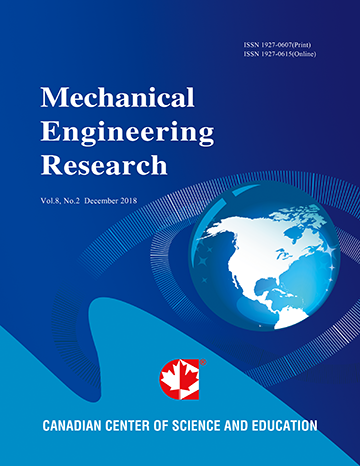Touch Mechanisms in Early Self Exploration
- Hooshang Hemami
Abstract
Touch is the earliest sensory modality the infant relies on, and is crucial for the first months of life and for survival.
The other sensory modalities (taste, smell, vision, and hearing) become active later. Smell and taste are also critical in helping the infant identify the mother and, later, other caregivers and helpers. The study and analysis of the infant’s central nervous system (CNS) is simpler and is easier to model and explore.
One of the primary functions of the newly born seems to be the exploration of self, mother, and (gradually) other objects in the environment. This paper deals with the slow process of exploration, identification and the development of self and object in the CNS. Although crude, the model allows a description and understanding of the processes of early merging, splitting, and denial of attributes of the self and object as psychological attributes.
The paper should motivate development of theoretical, computational and experimental models for the study of natural neural systems in the process of growth, maturity, and functional versatility. It should lead to formulations of redundant systems, growth of physical size, and functional properties of the CNS.
No experiments were conducted to validate the model. Physiological, neural and experimental efforts are needed that would confirm, improve, refute, or complement the model.
- Full Text:
 PDF
PDF
- DOI:10.5539/mer.v8n2p25
Contact
- Lenna BaiEditorial Assistant
- mer@ccsenet.org
